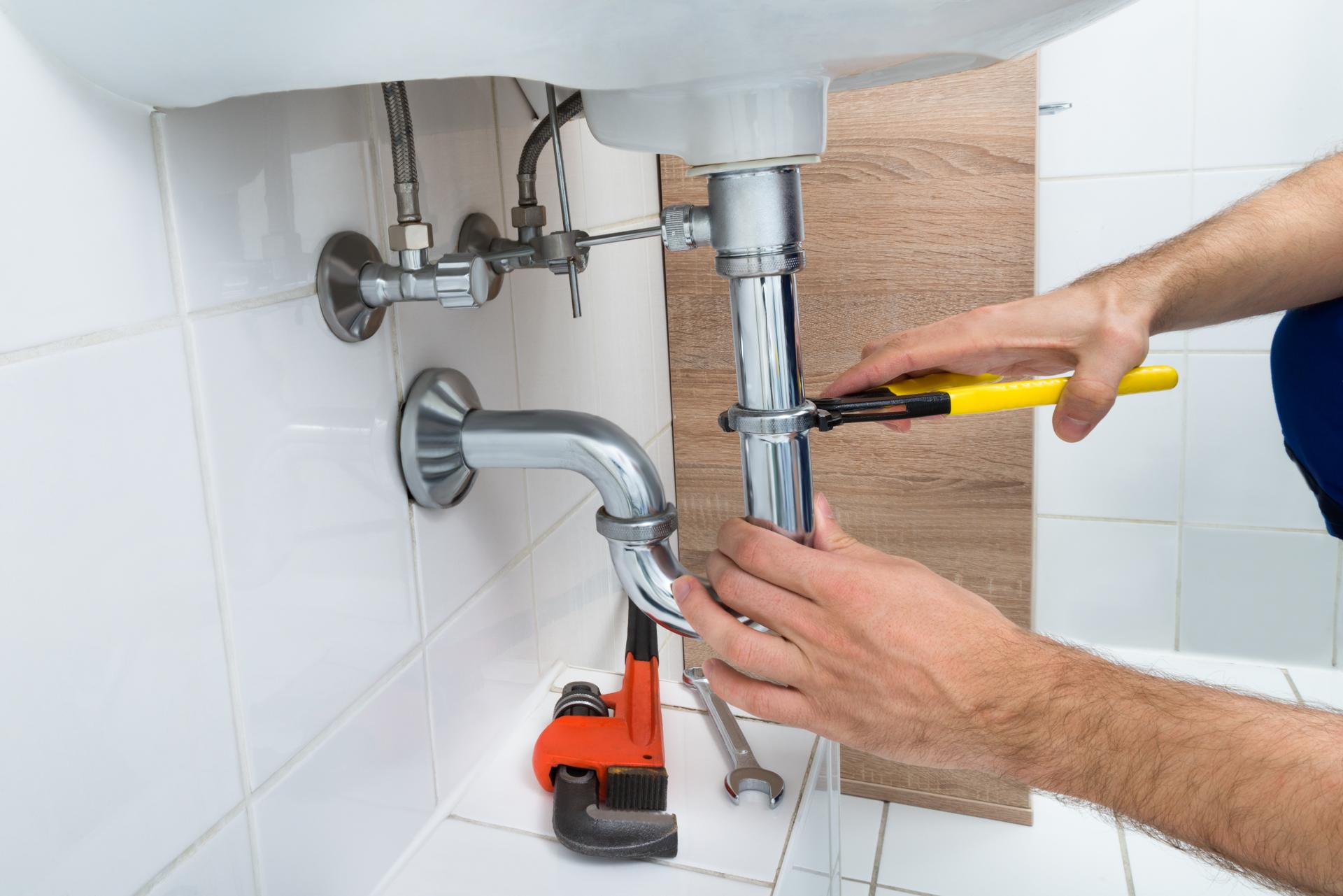Expert Advice on Replacing Your Plumbing and What to Expect and What You Need to Know

Plumbing is an integral part of every home, providing us with clean water for cooking, drinking, and for cleaning, as well as a way to dispose of wastewater. But, just like every other system in your home plumbing is likely to get old and need to be replaced.
Understanding when it’s time to replace your plumbing is essential to avoid costly repairs and prevent health risks. We’ll discuss the signs that indicate that your plumbing requires to be replaced, the factors to take into consideration prior to replacing your plumbing, the process of replacing your plumbing as well as the benefits of replacing your plumbing and a section on FAQs to address any concerns you may have.
Signs that it’s Time to Replace Your Plumbing
There are several common indications that your plumbing is in need of being replaced, for example: Leaks: If you notice the presence of water stains or puddles on your home, it’s a indication of a leak in your plumbing. Leaks can cause severe damage to your home’s structure and may lead to mold growth, so it’s essential to take action immediately. Rust: Rusty pipes are evident that your plumbing needs to be repaired or replaced. Rust could contaminate the water you drink and make it unsafe to consume or cook with. Low pressure in the water: If your faucets and showerheads produce weak flow of water It’s an indication of low pressure in the water, which could be due to corroded pipes or blockages. Water discoloration like brown or yellow, is the result of sediment or rust buildup within your pipes. This could affect the flavor and quality of your water. It could also indicate the need for plumbing repair.
Factors to Consider Before Replacing Plumbing
Before replacing your plumbing, there are a variety of things to think about, including the age of the plumbing system: Plumbing systems last for about 50 years. So when your house is older than that, it’s probably that it’s time to replace. Cost of replacement: Replacing your plumbing can be expensive, so it’s important to budget for the cost. In the event of a plumbing problem that is severe If the plumbing problems are severe and affecting multiple parts of your house replacing it could be the best option.
What to Expect During the Plumbing Replacement Process
The plumbing replacement process involves various steps, which include closing off your water source Your plumber will need to shut off the water supply to your residence to prevent water damage or leaks. Removing old pipes The old pipes will have to be removed. This may require cutting through walls or floors. Installation of new pipes New pipes will be installed, which may require rerouting in order to ensure proper water flow. The length of time for replacing the plumbing will depend on the size of your property as well as the complexity of the project. Homeowners should expect disruptions during the project, which could include water shut-offs and potential destruction to floors and walls.
Benefits of replacing plumbing
Replacing your plumbing can provide a variety of benefits, including increased water efficiency: New plumbing pipes and fixtures have higher efficiency, which means reducing the amount of water you use and decreasing your utility bills. Better water quality: Replacing older, corroded pipes new ones can improve the water quality, making it safer to drink and cooking. A lower risk of future plumbing problems: New plumbing is less likely to cause leaks or clogs, reducing the need for expensive repairs in the near future.
Conclusion
Removing your plumbing is an expensive purchase, but it’s vital to ensure the safety of your home and security. When you are aware of the signs that indicate your plumbing needs replacing, taking into consideration the elements that influence replacement and knowing what to expect from the replacement process, you will be able to make an informed decision regarding the plumbing in your home. Be aware that replacing your plumbing can provide a variety of benefits, including increased water efficiency, improved water quality, and a reduced the chance of having plumbing problems in the future.
FAQ Section
What is the cost to replace the plumbing?
The cost to replace your plumbing will depend on many factors, such as the dimensions of your house as well as the complexity of the task, as well as the type of materials employed. On average, homeowners will need to pay between $5,000 to $10,000 for a whole-house plumbing replacement.
How long will it take to replace plumbing?
The length of time needed for plumbing repair will vary based in the area of the home and the difficulty of the job. Typically, a whole-house plumbing replacement can take between two to four weeks.
Do I need to change my plumbing if there’s a leak?
If you’re experiencing a single water leak within your pipes, it may not need a full replacement. If you’re experiencing multiple leaks or observe other indications of plumbing issues, a replacement might be the best solution.
Do I have the ability to replace my plumbing by myself?
The replacement of your plumbing is a complicated task that should be left to the expertise of a qualified plumber. If you attempt to replace your plumbing by yourself can lead to costly errors as well as security risks.
What kind of pipe will I need for my plumbing replacement?
There are a variety of pipes available for plumbing replacement, including copper, PVC, and PEX. Your plumber can recommend the best type of pipes for your particular requirements and budget. To conclude, the replacement of your plumbing system is an important decision to make by taking careful consideration. If you are aware of the indicators that tell you that your plumbing is in need of to be replaced, weighing the factors before replacement and knowing what you can expect during the plumbing replacement process, you can make an informed decision regarding the plumbing in your home. A qualified plumber can help assist you in the procedure to ensure the success of your plumbing replacement.
